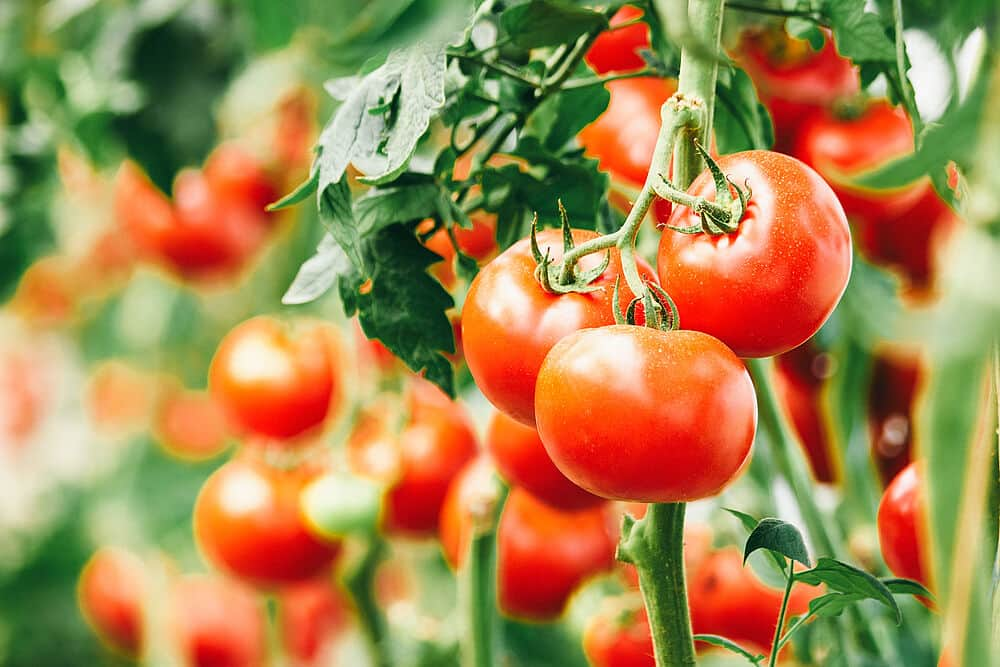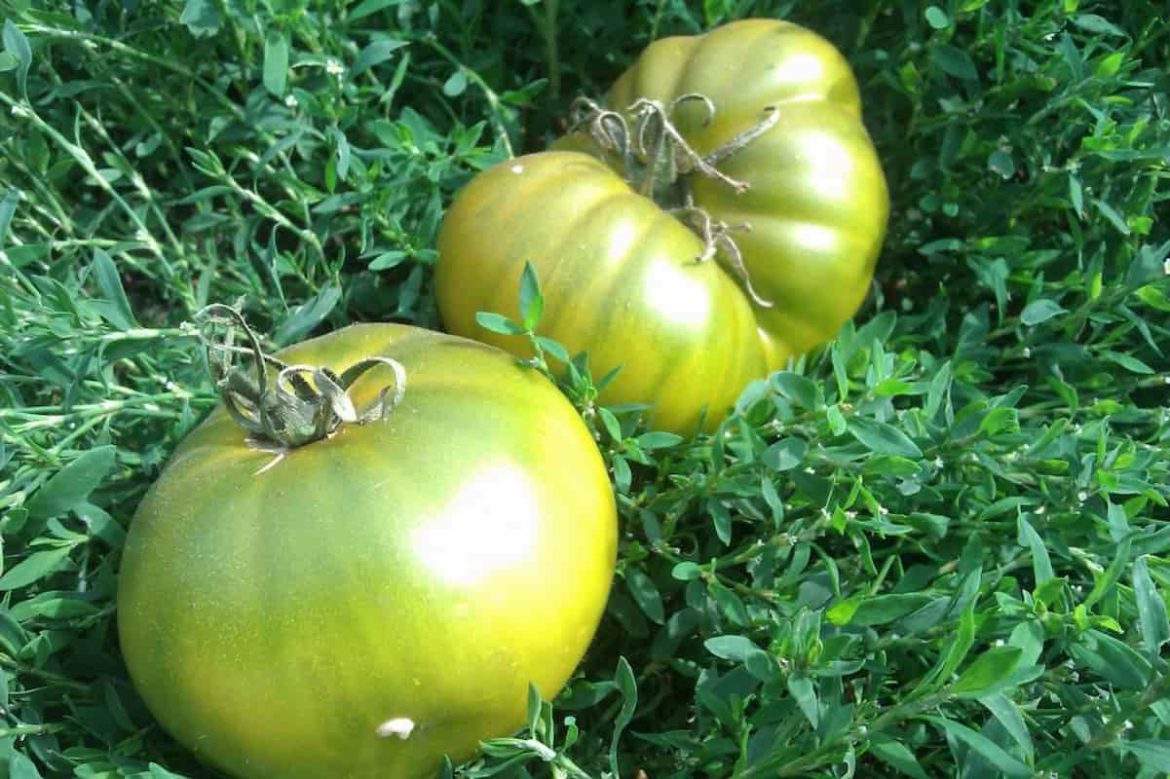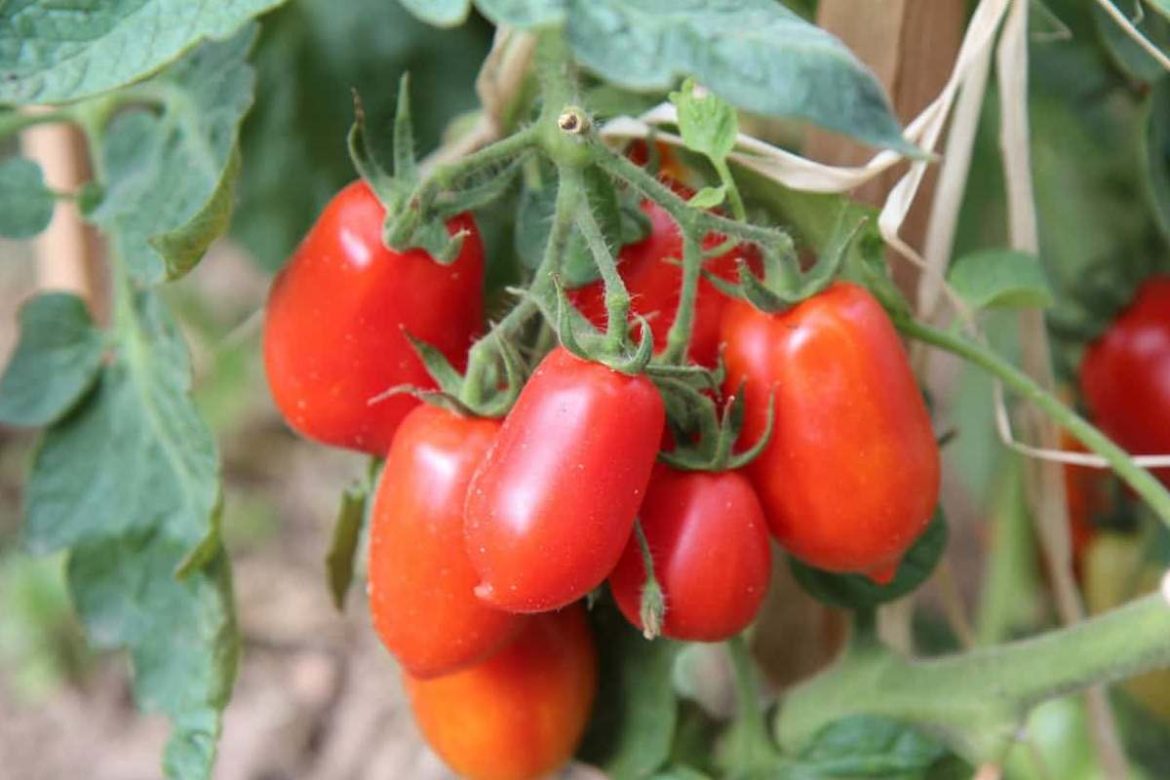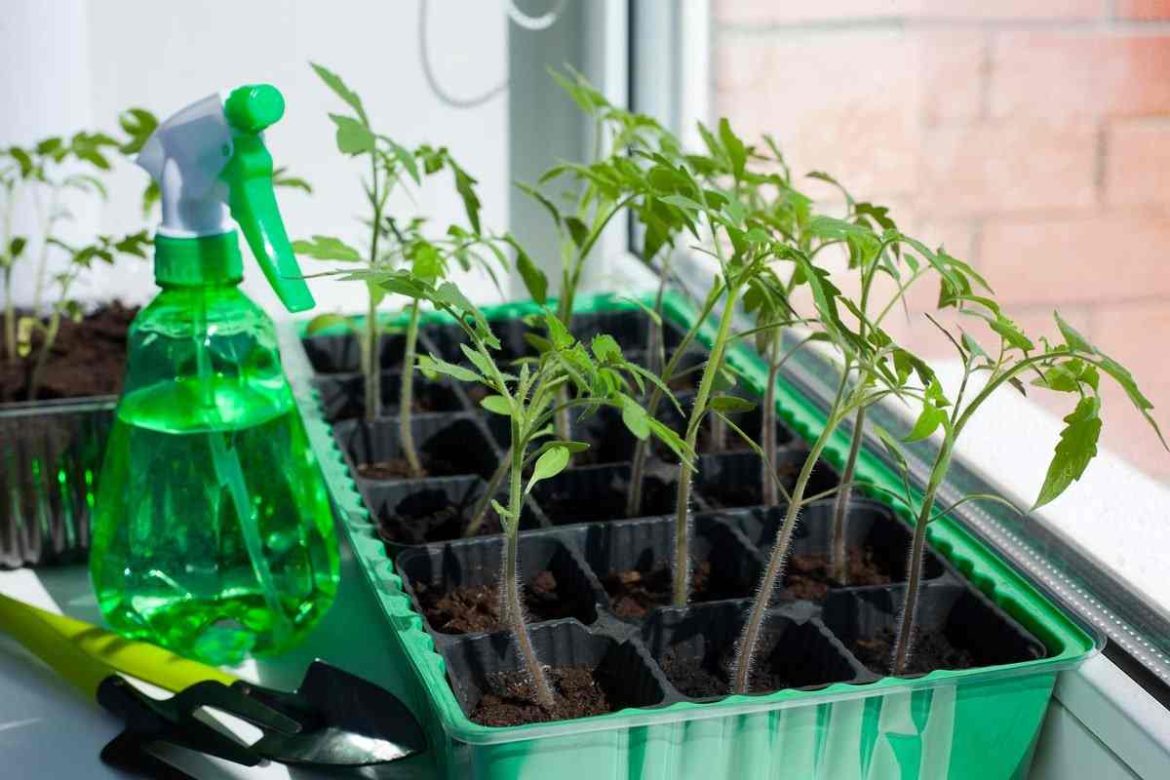Tomato plant maintenance pruning important instructions and tips
Fresh tomatoes from the garden may be used in anything from salads to salsa to scorching hot tomato sauce
They are extremely flexible and adaptable to any cuisine
Because there is such a large selection of tomatoes available, there is no valid excuse for a home gardener not to include this well-liked nightshade
However, despite the fact that tomatoes are a summer food that requires little care and attention, there are a few things that every gardener needs to be aware of important tips and instructions about the maintenance, pruning of tomato plants
If you want to grow tomato plants that are healthy throughout the entire summer, follow this advice to help you choose the correct variety for your needs, practice proper planting and maintenance, and swiftly get rid of pests
SELECTING THE RIGHT VARIETY Given that there are hundreds of different varieties of tomatoes available, making the appropriate selection can be a little bit challenging
Learn the growing patterns and climate requirements of each type before settling on a variety
You should also make a game plan for how you will utilize each type
There is a variety of tomatoes suitable for every garden space, ranging in size from the microscopically little ‘Micro-Tom’ tomato to the several kinds that can generate vines that are up to 12 feet in length
When you go to the grocery store to buy tomatoes, pay particular attention to the descriptions, as each kind of tomato is classified as either determinate or indeterminate
Determinate types, which can grow to varying but limited heights, are ideal for cultivating in confined areas since they bear all of their fruit in a relatively short amount of time, often a few weeks, irrespective of the growing zone in which they are grown

They require little in the way of support and are advantageous for gardeners who preserve tomatoes due to the large amount of ripe fruit that they produce all at once
Indeterminate plant kinds bear fruit for an unlimited amount of time provided the right growing conditions are met
Indeterminate cultivars produce fruit consistently throughout the growing season, despite the fact that they do not produce a large amount of fruit at any given time
These tomato plants need a great deal more space than determinate kinds, as well as cages that are made of a more durable material
Because the majority of heirloom varieties are indeterminate, gardeners who want to cultivate these older types, which are often regarded as having a savorier profile, should set aside a substantial amount of space in their plots
Before choosing a tomato type, take into account the climate needs, which vary depending on where you live
There are a number of cold-resistant, short-season choices available to gardeners in northern regions, such as the Stupice Tomato, which reaches maturity in about sixty-five to seventy days
Growers who tend gardens in the south should search for plant kinds like the Sun Gold tomato that are resistant to both high temperatures and high levels of humidity
Intended application: This step is straightforward, regardless of whether you want cherry tomatoes for topping salads, tomatoes for slicing for sandwiches, or paste tomatoes for preparing sauce: Choose a variety of tomatoes to grow based on the flavors you enjoy the most
For instance, the Amish Paste tomato is thought to be one of the best varieties for making sauce, while the Big Beef tomato is a well-liked slicing type
MAINTAINING PLANTS Tomatoes need between 1 and 2 inches of water to be applied each week
Instead of watering the plant every day and only giving it a little bit of moisture, you should water it less frequently but more thoroughly
During the growth season, fertilize the plants every four to six weeks to ensure that they receive adequate nutrition and are able to continue producing luscious tomatoes throughout the summer
This item contains bone meal, which is an additional source of calcium
The addition of calcium helps to avoid blossom end rot

Tomato plant maintenance instructions and tips
Tomato plant is a sensitive plant which needs special maintenance
You need to follow the instruction and tips for that in order to get the best result
They are heat-loving warm-season crops that must be protected from frost since they are so delicate
It is essential to refrain from planting seeds or seedlings too early in the season
Except in zone 10, where they are grown as a fall and winter crop, it is not possible to plant tomatoes outside until late spring or early summer in most areas since the soil does not become warm enough until then
Find out when the tomato planting season begins in your area
Tomatoes can be harvested anywhere from 60 to over 100 days after planting, depending on the variety (see more about varieties below)
After the temperature has warmed up in the spring, most gardeners plant little “starting plants” or transplants rather than seeds in order to meet the relatively extended growth season needs (and late planting date) of the plants they are cultivating
Although most gardeners get their transplants from a garden store or nursery, it is entirely possible to start your own plants from seeds and cultivate them indoors
A few pointers on how to go about purchasing transplants: Choose young tomato plants from a reputable nursery to plant in your garden
Short and bushy with a dark green hue and straight, robust stems approximately the size of a pencil or thicker, good beginning plants have these characteristics
They shouldn’t exhibit any signs of stress like yellowing leaves, stains, or damage, and they shouldn’t already have flowers or fruits developing
Choose a spot that gets plenty of sunlight! It is ideal to have between 8 and 10 hours of sunlight every day in the northern regions
Tomatoes will have a better chance of surviving and thriving in southern climates if they are provided with a light afternoon shadow
This shade can be natural or artificial, such row covers
Dig the soil to a depth of about one foot, then combine it with compost and/or aged manure
Before you plant anything, let it two weeks for it to break down
In addition, select a spot for your tomato plants that has not been used for growing tomatoes or other members of the nightshade family in the recent past, specifically eggplants, peppers, or potatoes
Please see the attached recommendations on crop rotation

Tomato plant pruning instructions and tips
Pruning tomato plants has many benefits as it promotes healthy production and improves the airflow between their plants, which in turn helps prevent illness and reduces the number of pest problems but you need to be aware of taking standard instructions and tips
Keep tomato plants of the determinate variety pruned by pinching off suckers, which are the short shoots that grow in the area between the trunks and stems of tomato plants, from the lowest flower clusters all the way down to the ground
This will keep the plant in good shape
When pruning indeterminate cultivars, pinch off all suckers beginning two flower clusters below the second bloom cluster
Always pinch off suckers as soon as they emerge; if you wait until they are at least a quarter of an inch in diameter, you will leave an open wound on the plant, which will make it more prone to problems with fungi and pests
Tomatoes don’t seem to attract a lot of different kinds of pests, but there are a few insects that, if they aren’t dealt with right away, may do a lot of damage
Ready-to-use Sevin-5 (Sevin-5) 5% When dust is sprinkled to the surfaces of the leaves, it kills over 65 different kinds of insects, including common tomato pests like hornworms, fruit worms, and flea beetles
Tomatoes are a favorite food for slugs and snails to consume because of their succulent nature
Mucin trails or holes in your fruits are two visible indications that may be present
Place bait pellets made from Corry’s Slug and Snail Killer on the ground all around your tomato plants
This will immediately prevent slugs and snails from feeding, which will eliminate the damage they cause to the plant
Tomatoes are quite simple to pick from the plant

To remove the tomato from the vine, simply hold it in your hand and twist it gently counterclockwise
Alternatively, you can use sharp, clean pruning scissors to cut the stem
Take tomatoes off the vine when they are just starting to feel firm
It should be possible to get some give out of the fruit when you apply pressure on it
It is preferable to bring in the harvest a few days earlier than it is to wait too long
If you want fruit to be perfectly ripe, you should put it on a windowsill for a day or two after it is almost ready
You may grow tasty tomatoes throughout the entire summer if you choose the appropriate variety, location, and products to keep your plants healthy
Perhaps you have visions of grilled stuffed beefsteak tomatoes or sun-dried cherry tomatoes
Either way, you can grow nice tomatoes
Tomato plants can be trained to bear fruit earlier in the season by performing pruning
Tomatoes have the potential to become hardier, larger, and healthier
The leaves and stems of tomato plants that have been clipped and supported by stakes have a lower risk of becoming infected with illnesses
This is due to the fact that increased air circulation helps keep the leaves and stems dry
Pinch back juvenile shoots that are growing between a main stem and a side stem to perform simple trimming
There are other additional methods that can be used to successfully prune tomato plants
Give these a try
The “Missouri pruning” method explains how to remove suckers from a tree
Pinching the suckers off at the tips rather than the base of the shoot is an additional method of pruning that can be used in addition to standard pruning
You may help the plant produce more energy for ripening tomatoes if you leave a few leaves on it, and the leaves will also provide shade for the fruit as it matures
The method in question is referred to as “Missouri pruning
” The shock to the plant is lessened by the Missouri pruning technique
It is of particular use to individuals who live in regions where the weather is warm and sunny or when the suckers have grown to a significant size

The disadvantage of using the Missouri method of pruning is that any surviving suckers will continue to produce more suckers
When you merely prune the sucker tips, your plants will need careful monitoring
One strategy that some gardeners use to make their tomato plants more robust is to prune their roots
Cutting the roots of the plant causes an interruption in its normal growth cycle as well as enough stress to cause it to mature earlier than it would have otherwise
When the first few clusters of tomatoes mature, this is a good opportunity to perform root pruning on the plant
A long kitchen knife, pitchfork, or shovel should be used to pierce the ground 8 to 10 inches away from the plant’s base
This should be done with the blade pointing away from the plant
You should only cut the plant halfway around the circumference
Remove the plant’s top terminal sprout by snipping it about a month before the last frost
Do this just above the flower that was the last to bloom
(Be sure to make use of a pair of garden pruners that are of a good quality
) The method in question is referred to as “topping the plant
” It makes it possible for the maximum number of nutrients to be directed into the fruit, which ultimately results in the highest yield at the end of the crop
When you prune your plant, you will increase the likelihood that the eventual crop will consist of red tomatoes as opposed to green ones









